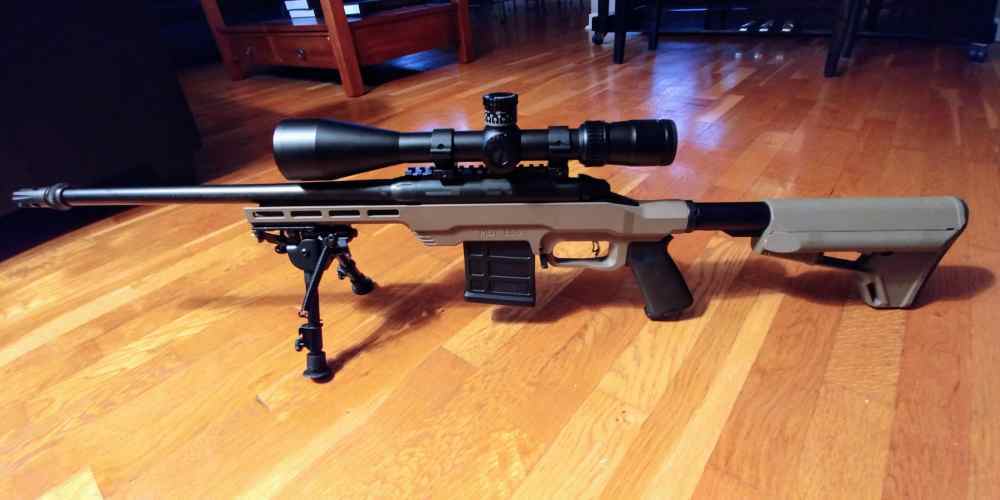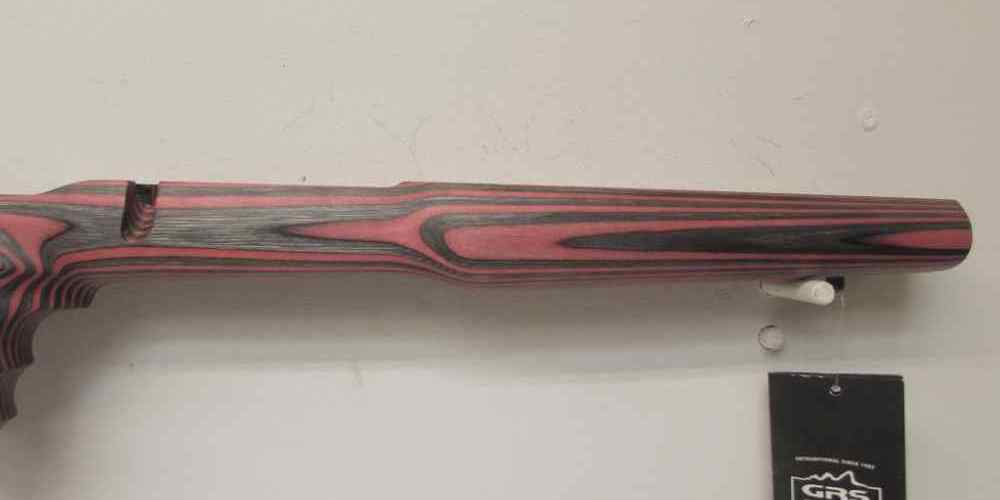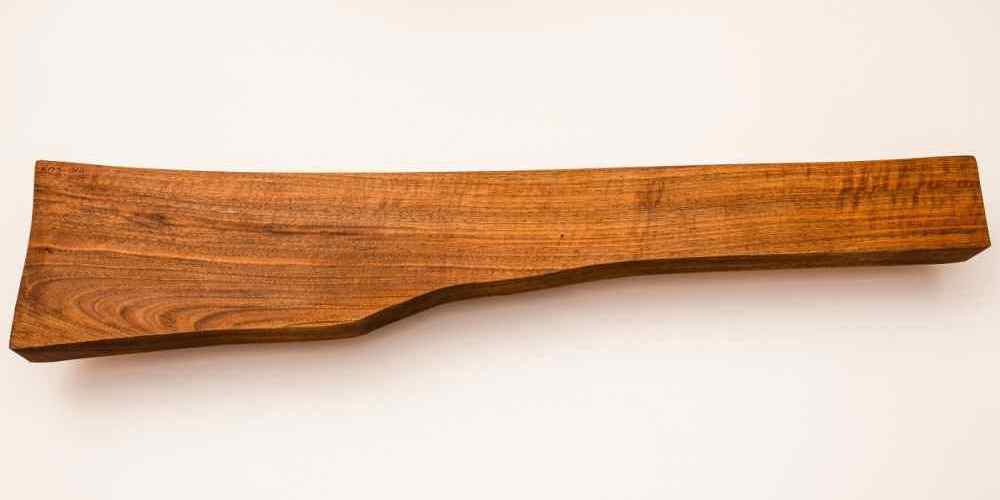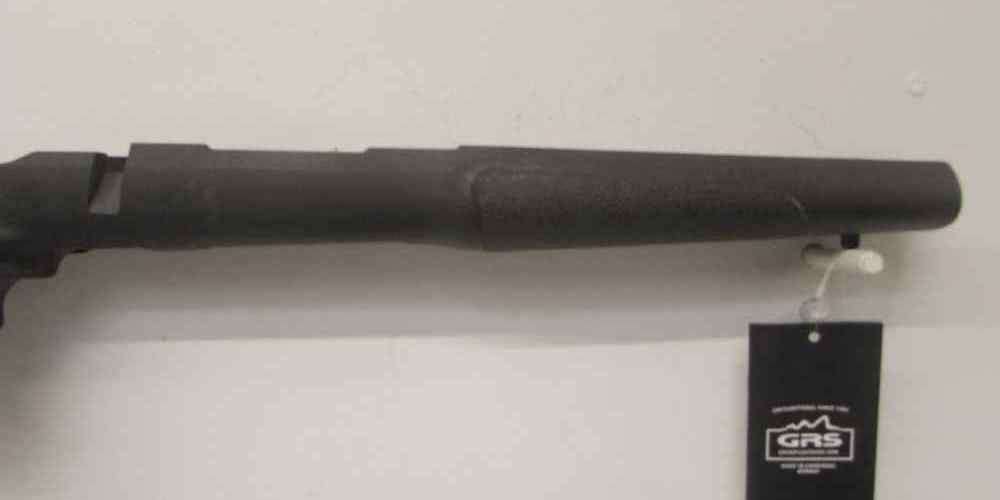Preserving history, one stock at a time.
Historical Significance of Rare Rifle Stocks
Rifle stocks are an essential component of any firearm, providing stability and support for the shooter. For collectors, rifle stocks hold a special significance beyond their practical function. Rare rifle stocks can be highly sought after for their historical significance, craftsmanship, and value.
One of the key factors that contribute to the rarity and value of a rifle stock is its historical significance. Many collectors are drawn to rifle stocks that have a unique story or connection to a significant event or figure in history. For example, a rifle stock that was used by a famous sharpshooter in a historic battle may fetch a higher price than a standard stock from the same era. The provenance of a rifle stock can greatly impact its value, as collectors are often willing to pay a premium for items with a documented history.
Craftsmanship is another important factor that collectors consider when evaluating the value of a rifle stock. Handcrafted stocks that exhibit exceptional skill and attention to detail are highly prized among collectors. These stocks may feature intricate carvings, inlays, or other decorative elements that showcase the talent of the artisan who created them. Collectors appreciate the craftsmanship that goes into making a high-quality rifle stock, and are willing to pay more for stocks that demonstrate superior workmanship.
In addition to historical significance and craftsmanship, the rarity of a rifle stock can also impact its value. Stocks that are scarce or hard to find are often more valuable to collectors than those that are readily available. Limited edition stocks, custom-made stocks, or stocks from discontinued models can command higher prices due to their rarity. Collectors are always on the lookout for unique and hard-to-find rifle stocks to add to their collections.
Transitional phrase: In conclusion, rifle stocks with historical significance, exceptional craftsmanship, and rarity are highly valued by collectors for their unique qualities and potential for appreciation in value. Whether you are a seasoned collector or just starting out, investing in rare rifle stocks can be a rewarding pursuit that allows you to own a piece of history and enjoy the beauty of fine craftsmanship.
Investment Potential of Collectible Rifle Stocks
When it comes to collecting firearms, enthusiasts often focus on the historical significance, craftsmanship, and rarity of the pieces they acquire. One area of interest for many collectors is rifle stocks, which can hold significant value due to their scarcity and unique features. In this article, we will explore the investment potential of collectible rifle stocks, focusing on their rarity and value in the market.
Rifle stocks are an essential component of any firearm, providing stability and support for the shooter. However, for collectors, rifle stocks hold a special appeal due to their aesthetic qualities and historical significance. Some rifle stocks are made from rare and exotic woods, while others feature intricate carvings or engravings that showcase the craftsmanship of the maker. These unique features can significantly increase the value of a rifle stock, making it a sought-after item for collectors.
One of the key factors that determine the value of a collectible rifle stock is its rarity. Stocks that were produced in limited quantities or are no longer in production are highly sought after by collectors. For example, rifle stocks made from rare woods such as walnut burl or tiger maple can command a high price due to their scarcity. Additionally, rifle stocks that were custom-made for a specific firearm or individual can also hold significant value, as they are one-of-a-kind pieces that cannot be replicated.

In addition to rarity, the condition of a collectible rifle stock also plays a crucial role in determining its value. Stocks that are in pristine condition, with no signs of wear or damage, are more desirable to collectors and can command a higher price. On the other hand, stocks that show signs of wear, such as scratches, dents, or cracks, may be less valuable, as they require restoration work to bring them back to their original state.
When investing in collectible rifle stocks, it is essential to do thorough research to ensure that you are getting a fair price for the item. Consulting with experts in the field or attending gun shows and auctions can help you gain a better understanding of the market value of different rifle stocks. Additionally, keeping an eye on online marketplaces and forums dedicated to firearms collecting can help you stay informed about current trends and prices in the industry.
In conclusion, collectible rifle stocks have significant investment potential due to their rarity and unique features. Stocks made from rare woods or custom-made for a specific firearm can command high prices in the market, making them valuable assets for collectors. By understanding the factors that determine the value of a rifle stock, such as rarity and condition, collectors can make informed decisions when investing in these unique pieces. Whether you are a seasoned collector or just starting out, rifle stocks offer a fascinating glimpse into the history and craftsmanship of firearms, making them a valuable addition to any collection.
Identifying Authenticity and Provenance of Rifle Stocks
Rifle stocks are an essential component of any firearm, providing stability and support for the shooter. For collectors, rifle stocks hold a special significance as they can add value and rarity to a firearm. Identifying the authenticity and provenance of rifle stocks is crucial for collectors looking to add valuable pieces to their collection.
One of the first things to look for when identifying the authenticity of a rifle stock is the manufacturer’s markings. These markings can provide valuable information about the origin of the stock and the rifle it was attached to. Manufacturers often stamp their logos or serial numbers on the stock, which can help determine its authenticity.
In addition to manufacturer markings, collectors should also look for any unique features or characteristics that set the stock apart from others. This could include intricate carvings, engravings, or inlays that were added by the original owner or craftsman. These unique features can add value to the stock and make it more desirable to collectors.
Provenance is another important factor to consider when evaluating the authenticity of a rifle stock. Provenance refers to the documented history of the stock, including information about previous owners, modifications, and repairs. Collectors should look for any documentation or records that can verify the stock’s history and authenticity.
One way to determine the provenance of a rifle stock is to research the rifle it was attached to. By tracing the history of the rifle, collectors can gain valuable insights into the stock’s origins and any modifications that may have been made over the years. This information can help collectors determine the authenticity and value of the stock.
Collectors should also be on the lookout for any signs of wear or damage that could affect the value of a rifle stock. Scratches, dents, or cracks can detract from the overall appearance and authenticity of the stock. Collectors should carefully inspect the stock for any signs of wear and consider the impact it may have on the stock’s value.
When evaluating the authenticity and provenance of a rifle stock, collectors should also consider seeking the expertise of a professional appraiser or firearms expert. These individuals can provide valuable insights and guidance on identifying authentic rifle stocks and determining their value.
In conclusion, identifying the authenticity and provenance of rifle stocks is essential for collectors looking to add valuable pieces to their collection. By examining manufacturer markings, unique features, and provenance, collectors can gain valuable insights into the origins and history of a rifle stock. Careful inspection and research can help collectors determine the authenticity and value of a rifle stock, making it a valuable addition to any collection.
Restoring and Preserving Vintage Rifle Stocks
If you are a collector of vintage rifles, you know the importance of preserving and restoring these valuable pieces of history. One key component of any rifle is the stock, which not only provides a comfortable grip for the shooter but also adds to the overall aesthetic appeal of the firearm. In the world of rifle collecting, the rarity and value of a rifle stock can greatly impact the overall worth of the firearm.
When it comes to vintage rifle stocks, rarity is often a key factor in determining their value. Stocks that were produced in limited quantities or are no longer in production are highly sought after by collectors. These rare stocks can command a premium price on the market, especially if they are in good condition. For collectors, finding a rifle with a rare stock can be a thrilling experience, as it adds a unique and valuable piece to their collection.
In addition to rarity, the condition of a rifle stock also plays a significant role in determining its value. Stocks that have been well-maintained and preserved over the years will fetch a higher price than those that show signs of wear and tear. Restoring a vintage rifle stock to its original condition can greatly increase its value, as collectors are willing to pay more for a stock that looks like it just came off the factory line.
When it comes to restoring vintage rifle stocks, there are a few key steps to keep in mind. First and foremost, it is important to assess the condition of the stock and determine what needs to be done to bring it back to its original state. This may involve repairing cracks or scratches, refinishing the wood, or replacing any missing or damaged parts. It is important to use high-quality materials and techniques when restoring a rifle stock, as this will ensure that the stock retains its value and authenticity.
One common issue that collectors may encounter when restoring vintage rifle stocks is finding replacement parts. Stocks that were produced decades ago may have unique features or dimensions that are no longer available. In these cases, collectors may need to enlist the help of a skilled craftsman or gunsmith to create custom parts that match the original specifications. While this can be a time-consuming and costly process, it is often necessary to ensure that the stock retains its value and authenticity.
In addition to restoring vintage rifle stocks, collectors also need to take steps to preserve them for future generations. Proper storage and maintenance are essential to prevent damage from moisture, pests, and other environmental factors. Storing rifles in a climate-controlled environment and regularly cleaning and oiling the stock can help prevent warping, cracking, and other issues that can devalue the firearm.
In conclusion, rifle stocks play a crucial role in the value and rarity of vintage firearms. Collectors who are passionate about preserving these pieces of history must take care to restore and maintain their rifle stocks to ensure that they retain their value and authenticity. By following proper restoration and preservation techniques, collectors can enjoy their vintage rifles for years to come and pass them down to future generations as valuable heirlooms.
Showcasing Unique Features and Designs of Rare Rifle Stocks
Rifle stocks are an essential component of any firearm, providing stability and comfort for the shooter. For collectors, rifle stocks hold a special significance as they can add value and rarity to a firearm. In this article, we will explore the unique features and designs of rare rifle stocks that are highly sought after by collectors.
One of the most coveted rifle stocks among collectors is the custom-made or handcrafted stocks. These stocks are often made from high-quality wood or other materials and are meticulously crafted to fit a specific firearm. Custom stocks can greatly enhance the aesthetics of a rifle and can increase its value significantly. Collectors are always on the lookout for rifles with custom stocks, as they are considered to be one-of-a-kind pieces that showcase the skill and craftsmanship of the maker.
Another type of rare rifle stock that collectors are interested in is the engraved or embellished stock. These stocks are adorned with intricate designs, engravings, or inlays that add a touch of elegance and sophistication to the firearm. Engraved stocks are often seen on high-end rifles or firearms that were custom-made for wealthy individuals or royalty. The level of detail and artistry in these stocks is truly remarkable, making them highly desirable among collectors.
In addition to custom and engraved stocks, collectors also value rare or limited edition stocks. These stocks are produced in small quantities or are no longer in production, making them highly sought after by collectors. Limited edition stocks can feature unique designs, finishes, or materials that set them apart from standard stocks. Collectors are willing to pay a premium for rifles with rare or limited edition stocks, as they are considered to be valuable additions to their collection.
One of the key factors that determine the rarity and value of a rifle stock is its condition. Collectors prefer stocks that are in pristine condition, with minimal wear and tear. Stocks that show signs of damage, such as cracks, dents, or scratches, are less desirable to collectors and can significantly decrease the value of the firearm. Proper care and maintenance of rifle stocks are essential to preserving their value and ensuring that they remain in top condition for years to come.
When it comes to collecting rare rifle stocks, authenticity is paramount. Collectors should always verify the provenance of a rifle stock before making a purchase to ensure that it is genuine and not a reproduction. Authenticity can be confirmed through documentation, markings, or expert appraisal. Collectors should also be wary of counterfeit or fake stocks that are designed to deceive buyers and inflate the value of a firearm.
In conclusion, rifle stocks play a crucial role in the value and rarity of a firearm for collectors. Custom, engraved, and limited edition stocks are highly sought after for their unique features and designs. Collectors should prioritize authenticity and condition when adding rare rifle stocks to their collection. By investing in high-quality stocks and maintaining them properly, collectors can enhance the value and appeal of their firearms for years to come.






